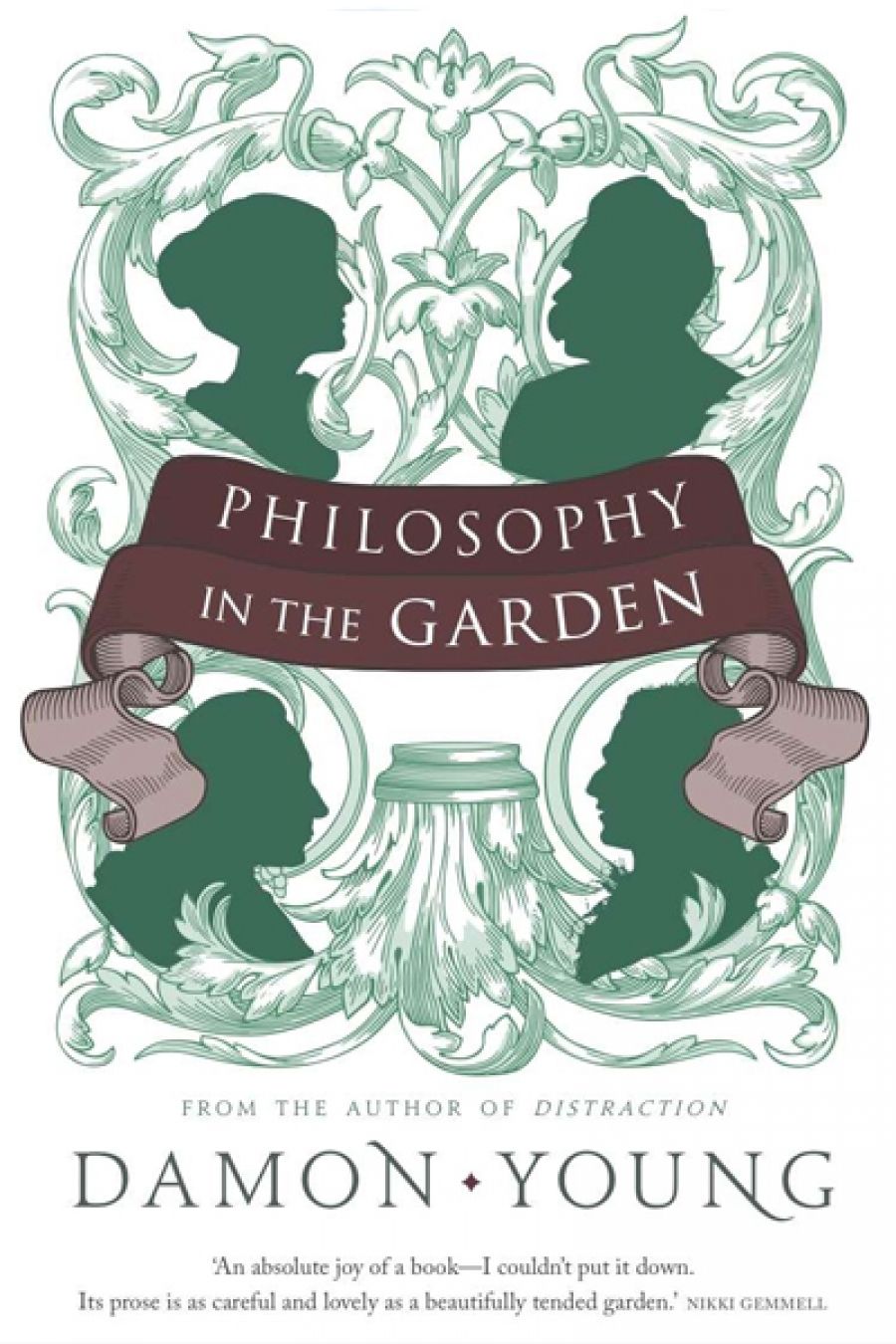
- Free Article: No
- Contents Category: Philosophy
- Custom Article Title: Jay Daniel Thompson on 'Philosophy in the Garden' by Damon Young
- Review Article: Yes
- Article Title: Philosophy in the Garden
- Online Only: No
- Custom Highlight Text:
P hilosophy in the Garden is the latest book from philosopher and social commentator Damon Young. The text contributes to existing studies of the cultural and personal significance held by gardens. Young begins by noting that gardens ‘can console, calm and uplift’, as well as ‘discomfit and provoke’. This range of responses adds to the ‘philosophical value’ of these spaces. Young moves on to discuss several ‘great minds, and the gardens they loved (or loathed)’. These include the authors Leonard Woolf (best known for being Virginia’s husband), Colette, George Orwell, Marcel Proust, and Jean-Paul Sartre.
- Book 1 Title: Philosophy in the Garden
- Book 1 Biblio: Melbourne University Press, $24.99 pb, 205 pp, 9780522857139
Young’s prose is relaxed and conversational. This writing style will be familiar to those who have read his media columns. The author intersperses philosophical insights with autobiographical accounts of his subjects. A personal highlight was the observation (which Young attributes to Proust) that ‘books are often mementos of lost gardens – we remember, not always the exact words, but the trees we read them under …’ This passage emphasises a nice connection between the natural and the literary worlds.
Philosophy in the Garden has its limitations. The writers under discussion are heavyweights in the Anglo-European literary and philosophical canons. What significance might gardens have had for, say, an Indigenous author or an Asian author? The labelling of Virginia Woolf’s mental illness as ‘madness’ is insensitive and particularly jarring to encounter in a book published in 2012. The attempts at humour in the chapter on Sartre (the chapter is entitled ‘Chestnuts and Nothingness’, and there is a subheading that reads ‘Nausea and Nothingness’) fall flat.
Illustrations by Daniel Keating are dotted throughout Young’s text. These illustrations are twee, and contribute little to what is overall a very readable (if hardly exceptional) book.


Comments powered by CComment